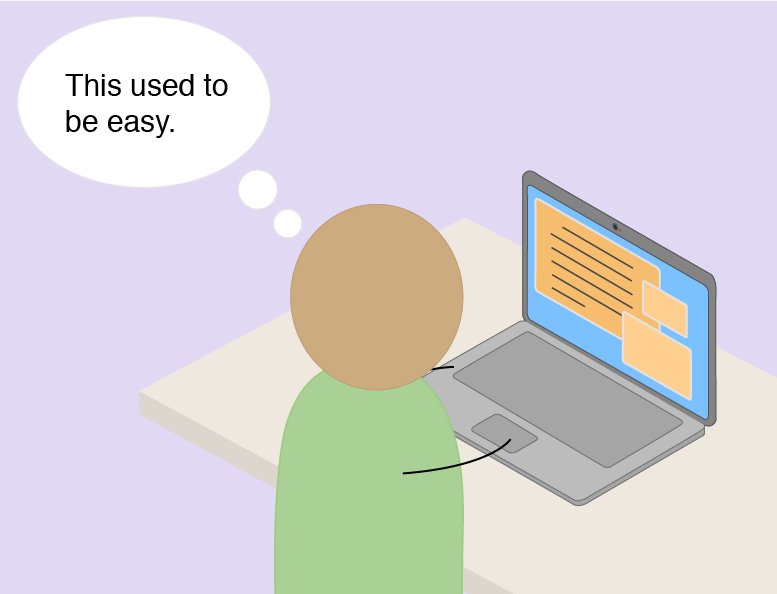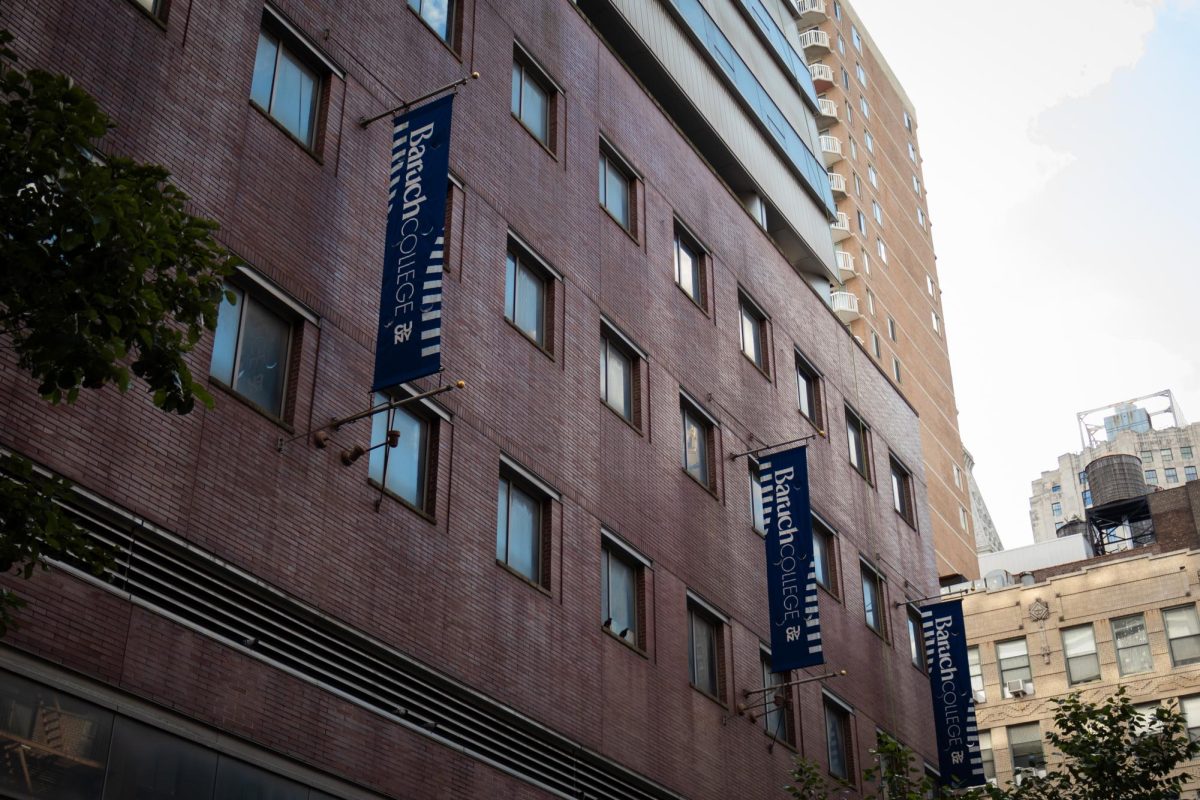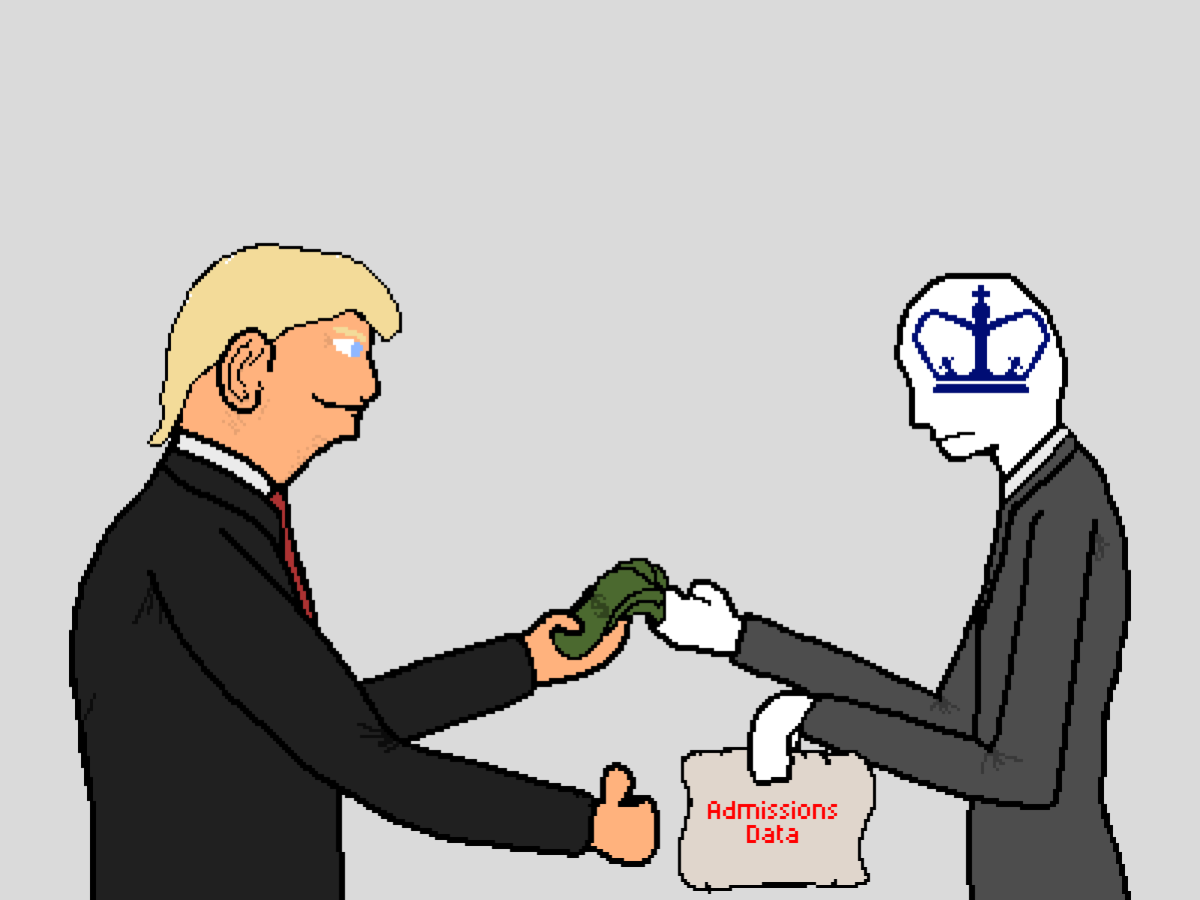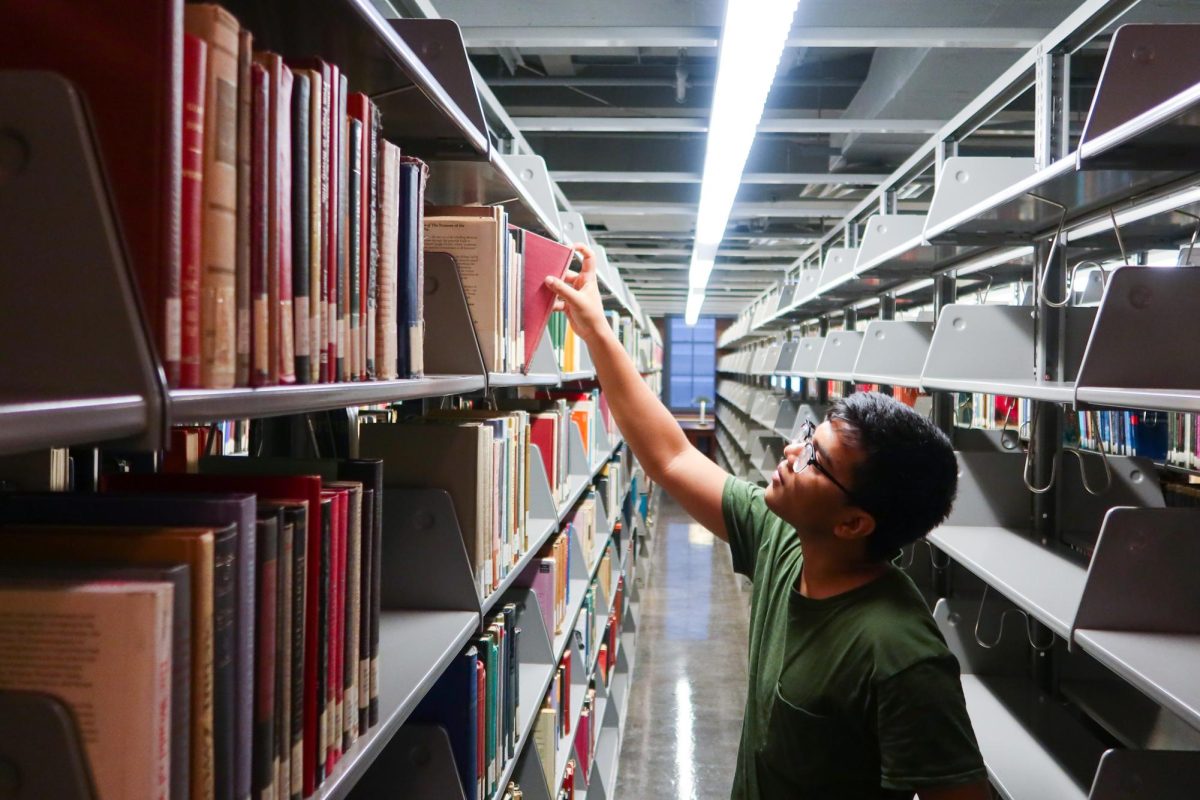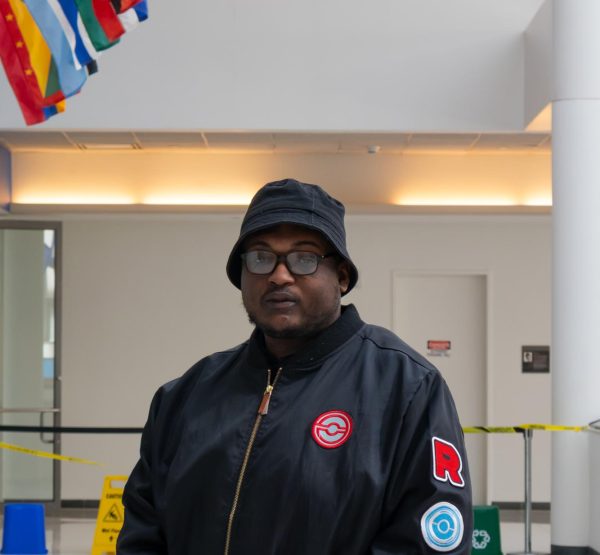Many students are struggling with their academic studies in different ways due to the coronavirus pandemic, and the increasing workload by some professors is not helping.
The video-conference application Zoom, has become a necessary classroom tool for students across the nation. Some students would agree that taking multiple classes via an online format like Zoom has not been an easy part of their academic journey.
Twitter user @kamarienyausha said it best: “These online classes are emotionally and mentally draining.”
Her tweet ended up going viral, indicating that what she said was echoing what a lot of college students were thinking.
The mentally draining aspect that she brought up could be referred to as something called “Zoom fatigue.”
According to a report from the Psychiatric Times, Zoom fatigue “describes the tiredness, worry, or burnout associated with overusing virtual platforms of communication.”
There are many problems outside of students’ mental challenges that the pandemic highlighted in terms of education being in an online environment. One of the key problems is the lack of reliable internet access.
“Millions of American students are grappling with the same challenges, learning remotely without adequate home internet service,” The New York Times reported this month.
According to data from Common Sense Data, 15 million K-12 students resided in households that lack Wi-Fi in 2018.
When it comes to college professors, there are two different perspectives regarding how they assign homework, projects and exams.
The first perspective is that some professors believe that they have been taking it easy on students by excusing them for missing an assignment.
The second perspective could be that professors may have given them an assignment that has proven to be difficult to complete during a pandemic such as collaborating on a group project.
The question of whether student workloads have increased or decreased during this pandemic is a difficult one, and can depend on the students’ major.
For instance, some majors, like accounting or finance, might get away with working in a remote setting because some of their classes may not be exceptionally collaborative. They may not be required to physically travel, build, observe or collaborate on an assignment.
Journalism majors, on the other hand, have different requirements. Some journalism classes are more about gaining hands on experience by venturing out and working on stories for their respective classes, which would require them to go outside.
The problem with that is the world is in the middle of a pandemic and we are being advised to stay home and quarantine.
Another problem that students face is not just the quality of their work but the quantity of work.
Twitter user @LittlePictures_ replied to @kamarienyausha’s viral tweet with another prime example of student struggle. In her tweet, she brought up her academic workload stating that she had four major assignments due in a two week deadline, including a documentary project.
“Burdened by the combination of synchronous class sessions and pre-recorded lectures, students in STEM classes said they are spending more time in class than in a typical in-person semester,” wrote The Daily Pennsylvanian. “Some STEM classes, however, some are requiring students to attend lectures asynchronously in addition to attending the synchronous sessions. The increased workload and time “in class” has forced students to drop classes, work fewer hours at their jobs, and hone their time-management skills.”
Some professors do understand the student’s struggles, but according to the report alone, it would be irresponsible for some professors to deny any involvement in increasing the workload for their students for whatever reason they may have.
The coronavirus pandemic is in people lives for the near future and college professors must take into consideration that the online format is significantly different from an in-person learning environment.
Sticking to the same syllabus or adding in new assignments in order to make up for the loss of the physically interaction will not help students.


